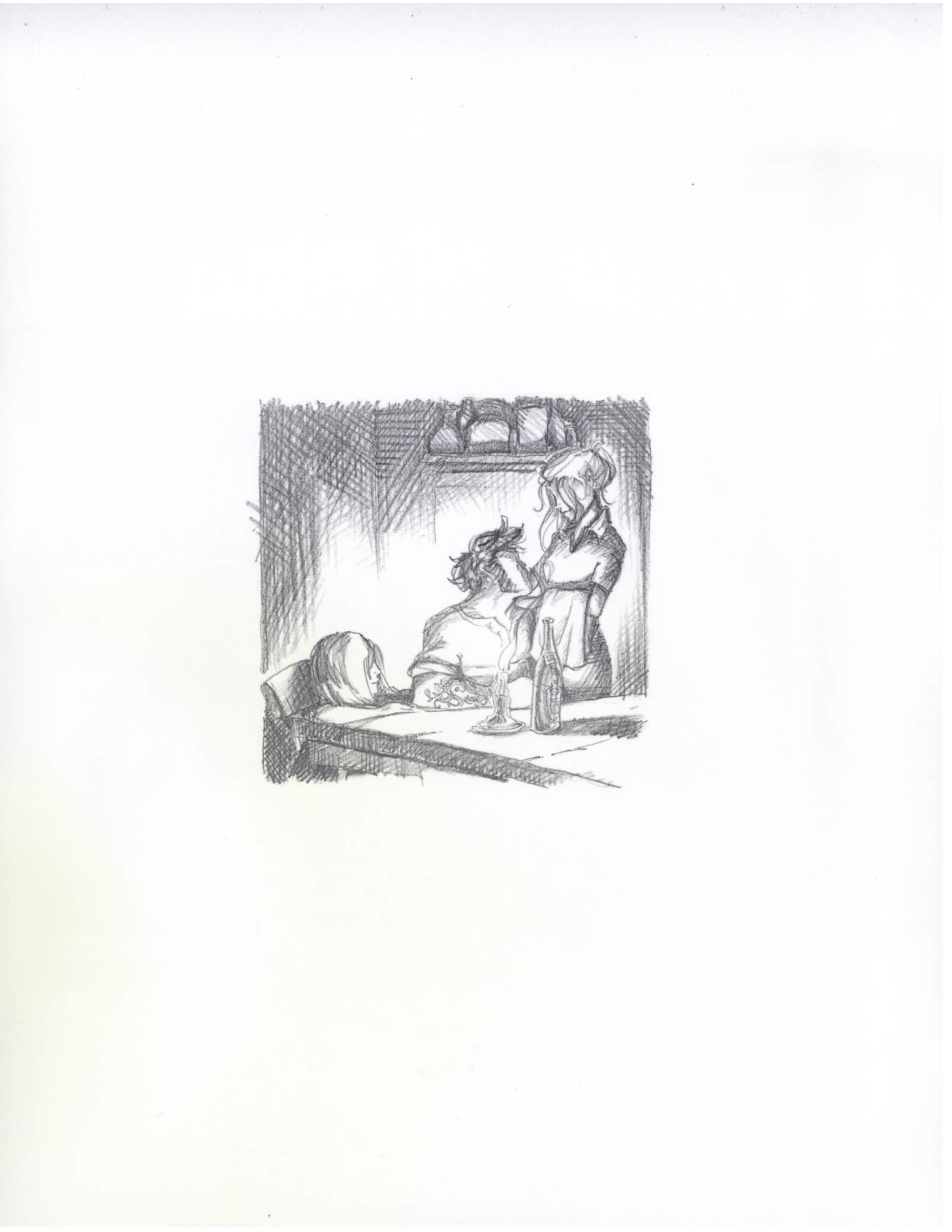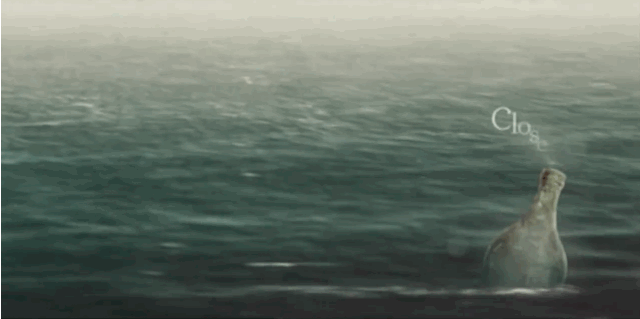Some video games put you on sea-faring vessels and make it seem like sailing’s a non-stop party. (Yeah, looking right at you, Assassin’s Creed IV.) And that’s ok, because it might just be that way sometimes. The Sailor’s Dream is a different sort of take on virtual nautical journeys. Its lonely, bittersweet tale — told in a wonderfully unique mix of approaches — is the best storytelling I’ve ever played on my iPad.
You’re presented with a wry, expressive use of gesture control from the very moment you start up Simogo’s new iOS game. Swiping left or right sets you ‘sailing,’ moving the landscape like a little diorama. Its oceans are only a set of small, repeating screens but The Sailor’s Dream still effectively recreates the feeling of being lost at sea. You quickly come across a number of miniature structures on tiny islands and even inside of those, you still feel like you have big, uncharted bodies of memory to glide across.
Only it’s the player’s own impulses that serve as the waves and winds that send the story to different places. Do you go down to the clouded hatch in the wrecked ship or up the wooden steps? Snatches of long-ago conversations burble up as you move from place to place, mingling with little chiming particles and quaint little trinkets that you can fiddle and play with. People once moved through these empty spaces and, as you explore them, wisps of their lives float into view.
It’s all very low-stress and induces a very meditative mood. But, chill as The Sailor’s Dream is, there is a gameplay loop living in its waters. Each environment holds a memory — involving the man, woman or little girl whose lives intertwine in the story — and the player must move the structure’s rooms to find them and release them. Along the way, certain rooms or items will let you slide your finger down to get a chunk of text that offers more insight as to the mysterious past embedded in the game. You’re given the option to print these entries out and when you do so, The Sailor’s Dream offers up another surprise. What comes out of the paper-centric device isn’t words at all; players who print will get black-and-white drawings that show the scenes described in the passages.

Though it’s possible to release all the memories from the game’s locales very quickly, you’re still left with the sense that there’s much more that needs to be told. For one thing, the clock on the Transmission Horologe island doesn’t appear do anything yet. And the bottles that pop up every day release new songs on different days of the week, giving players even more puzzle fragments for piecing together the entire picture for what seems to be a sad, wistful tale.
The Sailor’s Dream will remind some folks of Myst, with the way that exploration teases out story from beautifully rendered environments. But it’s the way that the game presents its mysteries that makes the mobile creation feel truly special, much like Simogo’s previous games Beat Sneak Bandit, Year Walk, and Device 6 did. In a week where the clumsy attempts of big-deal blockbusters to communicate emotion have become fodder for jokes, it’s noteworthy how effortless The Sailor’s Dream made me feel wistful, amused, and melancholy.

Comments